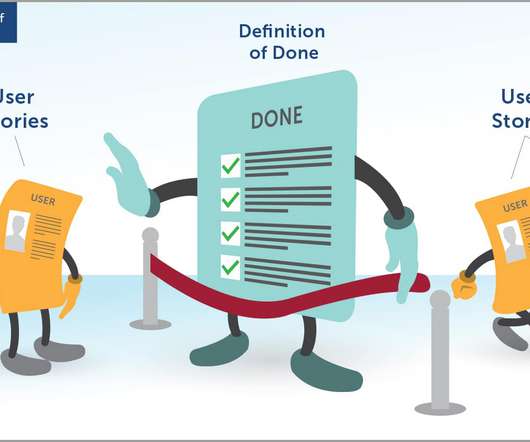5 Tips for Successfully Implementing Behavior-Driven Development in Your Team
Gorilla Logic
MARCH 17, 2023
Have you ever been part of a team where tickets are hard to understand or don’t supply enough detail for the team to properly work? Experiences like these make many developers think about using Behavior-Driven Development (BDD). Know your team members You work with your team every day and know them well.















Let's personalize your content